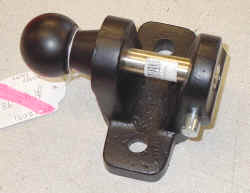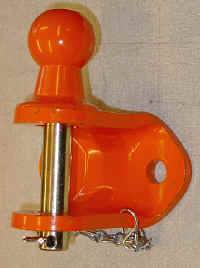Its not about how securely fixed the towbar is, its the distance between where you fix the rope and where the bar bolts to the chassis. This length has two disadvantages, it risks being twisted or bent if you arent pulling straight on it and secondly if it doesnt bend it provides a nice amount of leverage to twist the rest of the frame. If you are pulling straight back or nearly straight then this is not really an issue but if you need to pull to the side then a towbar isnt ideal.
Im not saying its guaranteed to fail or anything, its just not ideal and if you are going to the effort, you might as well do it properly which would be two points, on on each chassis rail, and and equalising strap between them to share the load.
I have worked a lot of years doing accident recovery of caravans and trailers and when sh1t goes wrong at speed then side loading a towbar can bend it like a banana. Would pulling a stuck vehicle exert the same side loadings? I dont know, but its something that needs considered.
Also bear in mind that many towball and hitch pin arrangements are cast....
These are brittle and not ideal for a snatch recovery.
Better with this kind.....
Which is less brittle and not likely to shear off.
NEVER use the ball itself, always use a strap around the pin.



